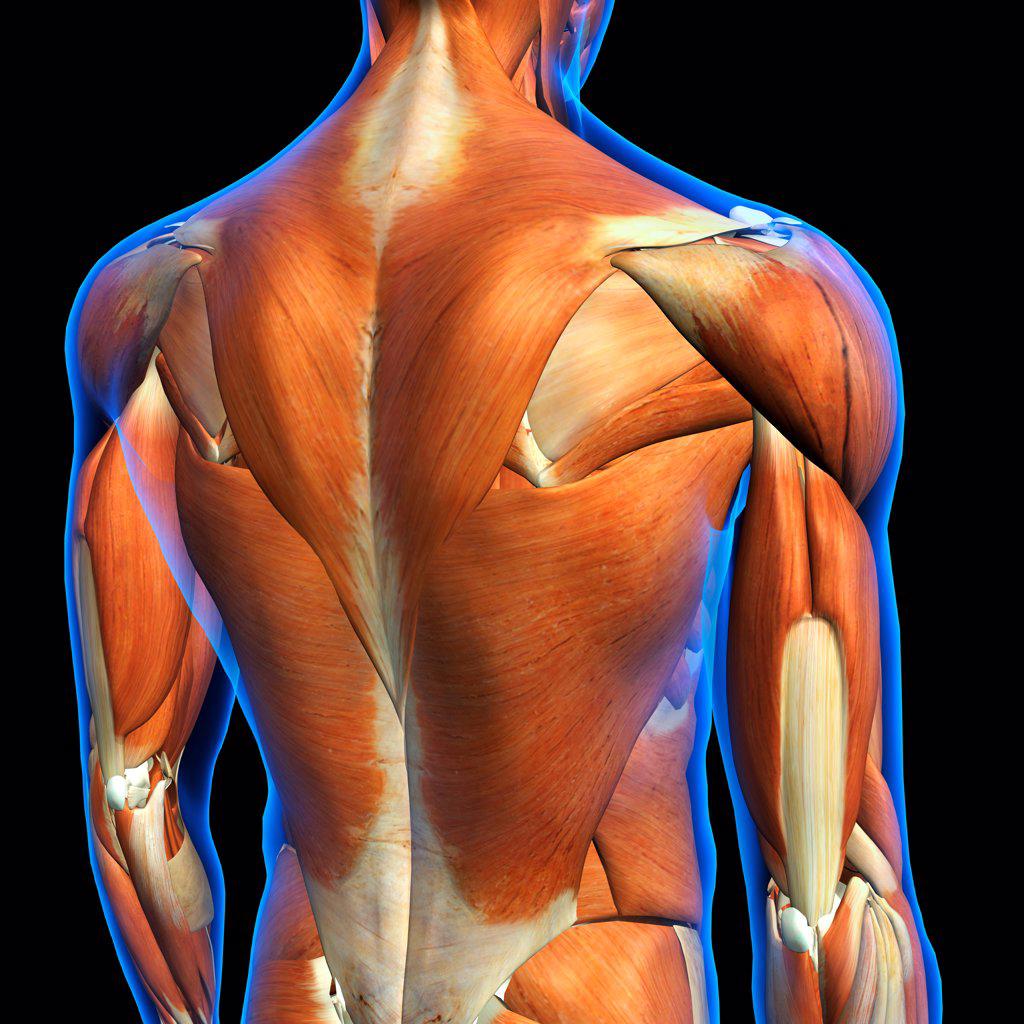Upper back pain, a common ailment for many, can stem from various causes. Whether it’s from daily activities or even our posture, understanding its origins can offer clarity for finding solutions.
Common Causes of Upper Back Pain
Specific Events: Improper lifting, bending, or twisting can instantly trigger pain in the upper back.
Poor Conditioning: Overuse and lack of muscle strength or tone can lead to prolonged discomfort.
Lifestyle Factors: Bad posture, excessive weight, and even smoking play significant roles.
Physical Activities: Sports involving direct blows or tackling can be culprits.

Our back’s structure plays a pivotal role. With three natural curves – the cervical (neck), thoracic (upper back), and lumbar (lower back) – maintaining balance is crucial. When aligned, the spine, shoulders, hips, knees, and ankles distribute body weight evenly.
Roots of Neck and Upper Back Pain:
Strained muscles
Sprained ligaments
Tight or locked joints
Small tears in the disks
Despite the cause, the approach to alleviating pain remains consistent. Key advice includes keeping active but moderating repetitive body movements. Alternating tasks and taking breaks can aid in this.
Exercise: The Path to a Pain-free Back
Dedicating just 15 minutes, three times a week, to exercise can yield three crucial benefits:
Strengthens Muscles: Targeting the back, neck, and shoulders, reducing the likelihood of injuries.
Increases Flexibility: Enhances the back’s range of motion and stamina.
Pain Reduction: Relaxing the back and minimizing discomfort.
For a stable spine, emphasizing the core musculature is vital. Activities that fortify the abdominals can ensure a healthier, pain-free lower back. If you’re seeking a routine, consider the A-B-C technique focusing on stiff areas like the shoulders, back, and legs. Start with “A: Arm sweeps” and progressively integrate more exercises.
Medications & Upper Back Pain
Many turn to medications as a solution. Common options include:
Nonsteroidal anti-inflammatory drugs (NSAIDs)
Opioids
Muscle relaxants
Antidepressants
The best medication choice depends on the individual’s pain and their body’s response to specific dosages.
Another area to pay attention to is the upper body cross syndrome, where chronic hunching leads to weakened upper back, shoulders, and neck muscles. Specifically, the middle trapezius and lower trapezius muscles become elongated and weak. Simultaneously, muscles like the upper trapezius become overworked.
For comprehensive insights and details on the topics discussed, refer to the provided resources:
Upper Back Rehabilitation
Posture and Back Health
Back Care: Neck to Torso
Back Exercise Recommendations
And more from the links provided.
Remember, understanding is the first step towards healing. With this knowledge in hand, you can pave a path to a pain-free back.


